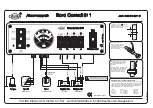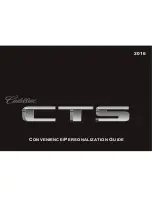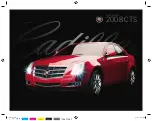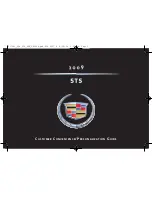
CHILD RESTRAINTS RECOMMENDATION
Recommended Restraint
Type
Child Size, Height,
Weight, or Age
Child
Use a child restraint (some-
times called an infant
carrier, convertible seat, or
toddler seat).
Children weighing 40 lb
(18 kg)or less (generally age
four or younger).
Infants or toddlers
Use a belt-positioning
booster seat.
Children who have outgrown
or no longer properly fit in a
child restraint (generally
children who are less than
57 in (1.45 m) tall, are
greater than age four and
less than age 12, and
between 40 lb (18 kg) and
79 lb (36 kg) and upward to
99 lb (45 kg) if recom-
mended by your child
restraint manufacturer).
Small children
Use a vehicle seatbelt
having the lap belt snug and
low across the hips,
shoulder belt centered
across the shoulder and
chest, and seat backrest
upright.
Children who have outgrown
or no longer properly fit in a
belt-positioning booster
seat (generally children who
are at least 57 in (1.45 m)
tall or greater than 79 lb
(36 kg) or 99 lb (45 kg) if
recommended by child
restraint manufacturer).
Larger children
•
You are required by law to properly use
child restraints for infants and toddlers
in the United States and Canada.
•
Many states and provinces require that
small children use approved booster
seats until they reach age eight, a
height of 57 in (1.45 m) tall, or 79 lb
(36 kg). Check your local and state or
provincial laws for specific
requirements about the safety of
children in your vehicle.
•
When possible, always properly
restrain children 12 years of age and
under in a rear seating position of your
vehicle. Accident statistics suggest that
children are safer when properly
restrained in the rear seating positions
than in a front seating position.
•
When installing a rear facing child
restraint, adjust the vehicle seats to
avoid interference between the child
restraint and the vehicle seat in front
of the child restraint.
37
2022 Transit (TTH) Canada/United States of America, NK3J 19A321 AA enUSA, Edition date: 202107, First-Printing
Child Safety
















































